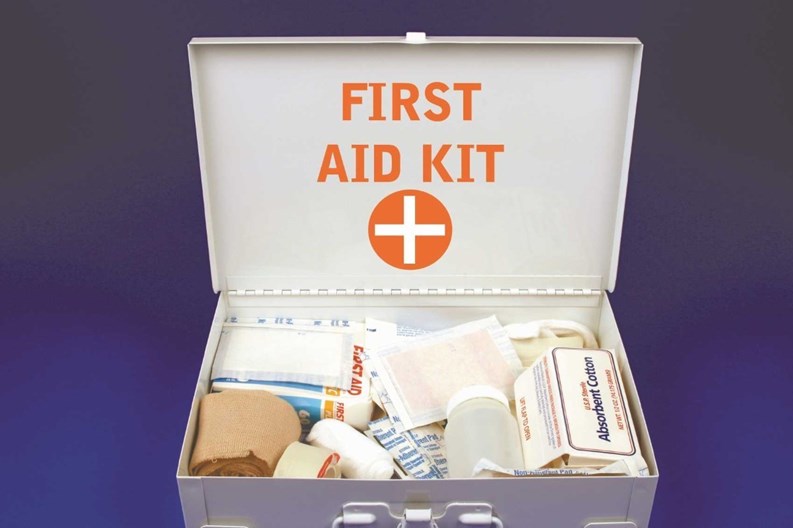There's no question that the operational and administrative complexity of multifamily buildings requires effective management to create and maintain a safe, secure environment for residents and staff alike.
Property management companies, co-op and condo boards, HOAs and rental property owners alike must all seriously consider adding disaster and emergency preparedness and planning to their list of administrative and governance responsibilities. Because while some level of risk management is part and parcel of what boards and managers do for their properties every day, traditional risk management activities may no longer be sufficient in scope to respond to the types of hazards and threats faced by many building communities.
Look to Uncle Sam
Government agencies at the federal, state and local level, as well as non-government agencies such as the American Red Cross, have been promoting preparedness for many years, but those efforts, while both extensive and creative, may have reached a saturation point. Recent studies indicate that there are significant numbers of Americans who are either not prepared or only minimally prepared for emergencies and disasters. A recent Pew Organization poll also indicates that a majority of Americans feel that we are not better prepared for emergencies and disasters than in years past.
For many years, it has been assumed that government agencies were the go-to for immediate and efficient response to disasters. More recently—particularly after Hurricane Katrina struck New Orleans—there has been a move to shift the burden of preparedness more toward individuals and communities, stressing self-reliance rather than total dependence on a larger government response. While a government response will ultimately occur, all emergencies and disasters start at a local level, and if a lesson was to be taken away from Katrina, it is that we may be required to sustain ourselves for an extended time before adequate help arrives. If the nature of the emergency scenario allows for a quick and efficient response by relief agencies, so much the better. If it does not, and we ourselves are not adequately prepared, at minimum we will pay the price of great inconvenience—and we may pay a much higher price if a worst-case scenario unfolds.
Commercial buildings in New York City currently require compliance with preparedness/evacuation regulations. Residential buildings have no such requirement, but it seems clear that similar regulations will one day be developed for co-ops, condos, and other multifamily residential buildings. After all, most apartment buildings have substantial occupancy for at least 12 hours of the day. Commercial/industrial buildings have the opposite occupancy pattern. Both types of properties should have the same preparedness and evacuation safety requirements.
Experts agree that it is only a matter of time before the New York area will face its own Katrina-like scenario. Storms and flooding are a reality for any low-lying coastal region, and seismology studies even indicate that a significant earthquake could strike the area. In addition to the various large- and small-scale natural hazards, we also must consider things like hazardous materials transportation accidents, power interruptions and other man-made threats.
Become More Aware
Even these inevitabilities—as well as the ready availability of preparedness information—has not motivated significant numbers of people and corporate institutions to take decisive action to assure an adequate response and recovery capability. What is needed is preparedness education beyond the existing governmental and non-government efforts. I propose that these efforts now be conducted at the individual building level.
Boards and managers of residential properties have an opportunity within the general government awareness effort to engage in activities that will promote preparedness awareness for their residents and employees. These efforts should not be a one-time experience, but rather a program that is undertaken on a seasonal basis, throughout the year. A good place to begin such efforts in your building is to subscribe to some of the many government and non-government-sponsored preparedness information sites such as: www.ready.gov, www.RedCross.org, www.FEMA.gov, www.NYC.gov/html/oem/html/home/home.shtml, and www.dhses.ny.gov/oem/. There are also several professional-level emergency and disaster preparedness discussion groups on social and business networking sites like Facebook and LinkedIn.
The time to prepare is before the emergency occurs. Take effective action now so that you will be empowered and prepared to meet the challenges to come.
Stuart Betheil is chief operating officer and a senior consultant at White Plains-based Fleet West Management Corp., as well as a former director of emergency services and chairman of disaster services for the American Red Cross in Westchester County.







Leave a Comment